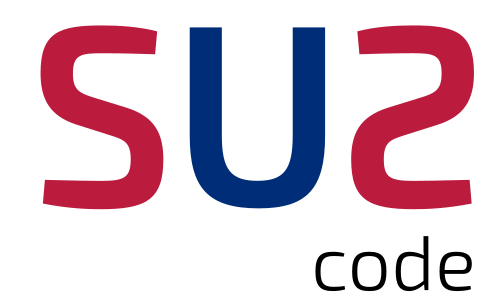
The main focus of the KiT-RT software suite is radiotherapy planning for cancer treatment and research in radiative transfer.
It supports easy extension with additional methods and techniques. KiT-RT is a high-performance open source C++ platform, available on
Github with documentation on
ReadTheDocs.
The software-paper is available on Arxiv.

Drag reduction of airplane wings is crucial for fuel efficient flight. We use windowing regularization for robust PDE constrained optimization of unsteady flows.
On the NACA0012 airfoil with turbulent flow at high angle of attack, a 30% drag reduction compared to unregularized baseline was achieved.
This method is embedded in the open-source multi-physics software
SU2. Try it yourself with the
SU2 tutorial.
Awarded 1st place at the Multidisciplinary Design Optimization Student Paper Competition at the
AIAA Aviation Forum 2020.


